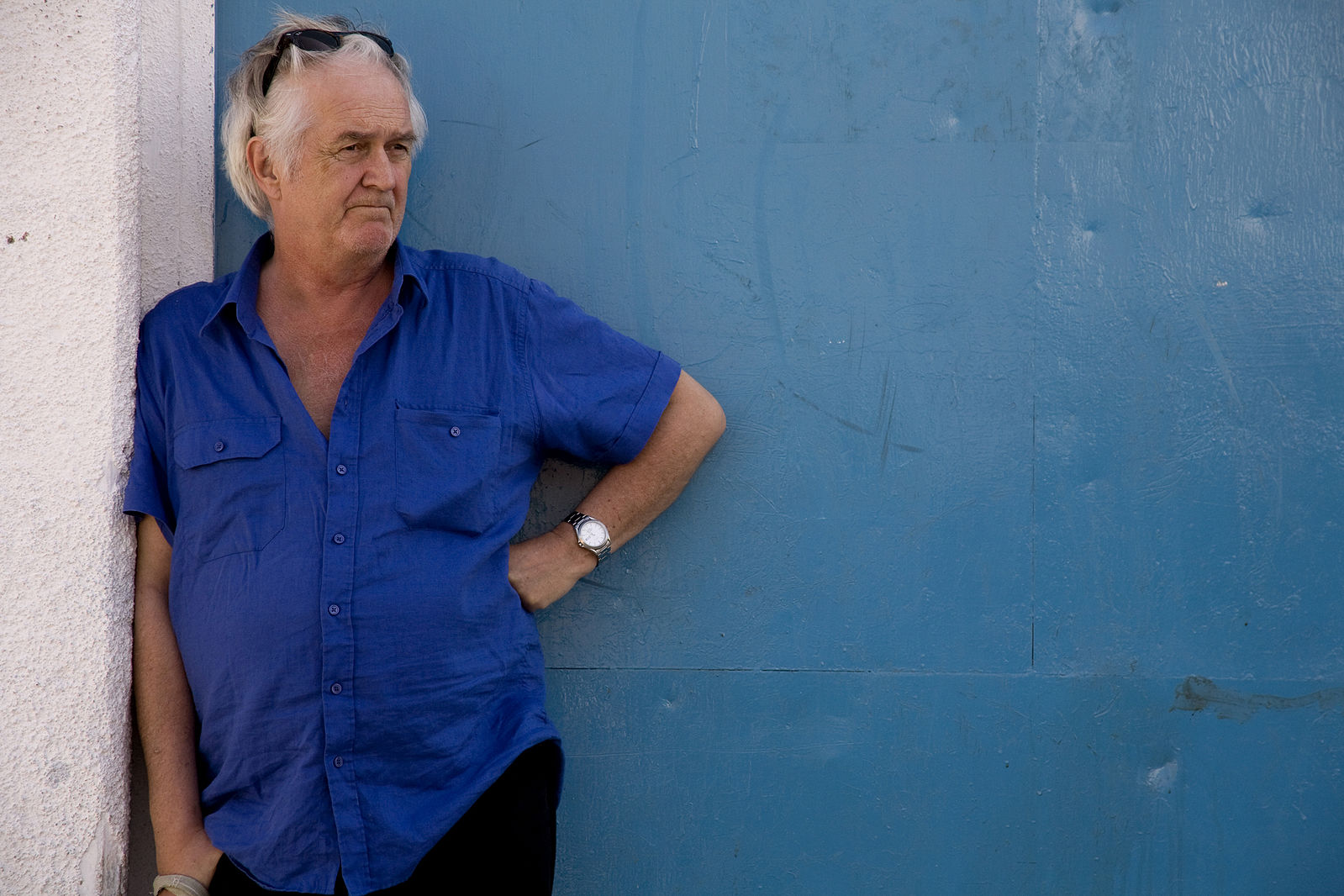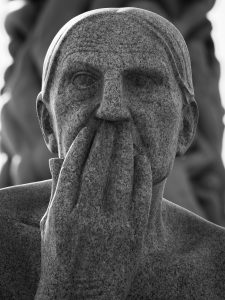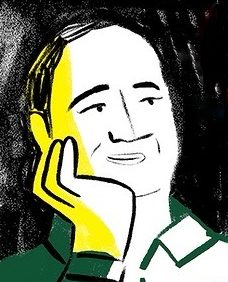Tag: active ageing

In honor of Henning Mankell, who passed away this Monday (October 5th) aged 67, we reproduce the introduction of an article he published in the New York Times about his experience in Mozambique.
“I CAME to Africa with one purpose: I wanted to see the world outside the perspective of European egocentricity. I could have chosen Asia or South America. I ended up in Africa because the plane ticket there was cheapest

If I had had only the opportunity to attend the opening keynote presentations at the eighth IAGG-ER Congress, the visit to Dublin would already have been worth it.
Prof. Jan Baars, Desmond O’Neill and Rose Anne Kenny gave brilliant and inspiring lectures. You can listen to the first presentation at the end of this post (click continue reading).
Older women’s day
The celebration of International Women’s Day is an important occasion to remember that older persons are not a homogeneous group. The recognition of older persons’ diversity – for example, gender differences – is an important step towards the development of better and more adequate policies.
Violence is one of the main problems affecting older women all over the world. Forms of violence vary from accusations of witchcraft to domestic violence perpetrated by the elder’s own family members. Unfortunately, no consistent evaluation of such crimes exists.
HelpAge international has an interesting video (see below) to help us to understand some of the issues that older women face. The Older Women Count campaign highlights how, despite increasing evidence of discrimination against women in older age and the challenges these women face, the problems affecting older women are largely ignored.
The Gender and Ageing Charter, adopted at the second International Longevity Forum in Rio de Janeiro, October 2014, is another important initiative to have in mind. According to the charter, the social construction of gender informs all aspects of ageing in every socioeconomic, cultural and institutional context. Therefore, special attention in all settings must be given to the effects of cumulative gender-based disadvantages.
In another video, published by the PROJECT M, the producers ask a very simple question: “Are young women today cursed to poverty in retirement?”. The answer is very clear: “in most countries, older women are at greater risk of poverty than older men”, a phenomena they describe as the younger wife’s curse.
Those are just a few examples to remind us that ageing and old age is a highly gendered experience, and gender, therefore, cannot be ignored whenever ageing is under debate.
Happy Women’s Day
How old is old in Oslo?
 According to the Statistisk sentralbyrå, individuals above sixty-five years already represent 12.3 per cent of the population in the capital of Norway. In absolute terms, older persons in Oslo account for some 44 000 women and 33 000 men, representing 57 per cent and 43 per cent of the older persons group, respectively.
According to the Statistisk sentralbyrå, individuals above sixty-five years already represent 12.3 per cent of the population in the capital of Norway. In absolute terms, older persons in Oslo account for some 44 000 women and 33 000 men, representing 57 per cent and 43 per cent of the older persons group, respectively.
By 2025, the share of older persons living in Oslo will increase to 13.2 per cent, and by 2040 older persons will represent 16.6 per cent of the total population. Not only will the share of older persons increase, but this group will also grow older, with a reduction of the share of the youngest cohorts and an increase of the older ones. By 2040, the age group 70-89 will represent 55 per cent of the older persons’ population in Oslo, a significant change vis–à–vis the current 43 per cent.
While the use of quantitative tools might give us the impression that the issue of ageing is easily reducible to a certain age cut-off, it can be argued that life periodization and the relations among generations involve both biological and socio-cultural aspects, with strong symbolic connotations and expressed through rituals that mark boundaries between ages or the passage from one stage to another in the life cycle.
On one hand, age is a critical element in the social organization of individuals and an important tool for understanding, assessing and defining policies, such as the allocation of certain social benefits and the focus on specific needs.
On the other hand, like any other classification, the term “older person” simplifies the heterogeneity of this segment and therefore is is susceptible to including individuals who do not require such policies or to exclude those who need them. Another consequences of the use of age to define older persons is that society creates expectations about the social roles of those with such a status and this may lead to exertion of various forms of coercion to fulfil such roles, regardless of the particular characteristics of individuals.
So… How old is old in Oslo?
